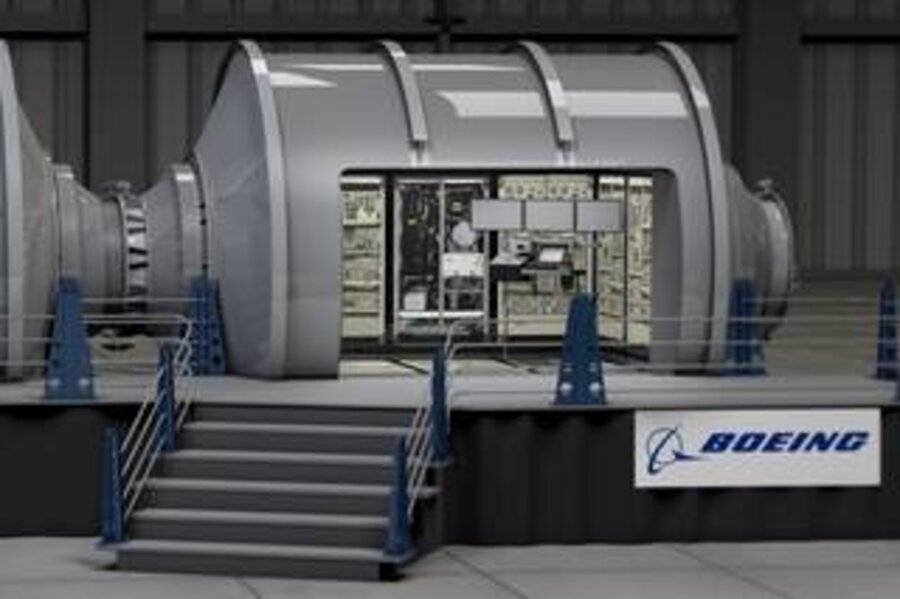NASA searches for alternative home addresses in deep space
Loading...
The National Aeronautics and Space Administration (NASA) has its sights set far beyond the moon, toward the mysteries of deep space.
NASA announced Tuesday that as its mission objectives expand to human exploration of deep space, including planned missions to an asteroid in 2025, and Mars by 2030, it is working together with six US companies to help develop deep space habitats to support human exploration.
“NASA is increasingly embracing public-private partnerships to expand capabilities, and opportunities in space,” said director of NASA’s Advanced Exploration Systems (AES), Jason Crusan, in a NASA press release when the program was first announced in 2015. “Our NextSTEP partners commit their own corporate resources toward the development – making them a true partner in the spaceflight economy.”
NASA announced NextSTEP in May, 2015, in a Next Space Technologies for Exploration Partnerships (NextSTEP) Broad Agency Announcement. NASA later selected 12 projects to help innovate deep space solutions, including advanced propulsion, habitation, and small satellite projects.
Now, NASA has chosen six project proposals out of all the applications it received for the NextSTEP habitation project. It will be working with these six companies to innovate deep space habitation solutions in anticipation of a mission to Mars within the next few decades.
The deep space habitats will be tested in an area near the moon, a “proving ground” before the planned mission to Mars, according to NASA scientists.
Habitats will include features such as docking capabilities for spacecraft, life support systems, fire safety mechanisms, crew health capabilities, and radiation monitoring, among others, according to a NASA blog post.
Once the habitats are constructed, NASA says, it will be able to test how the many systems involved (including airlocks, docking systems, etc.) function, and how they will function in deep space.
Each of the six companies will work on a slightly different product.
One of the most recognizable names, Boeing, has already worked on systems in use at the International Space System. The company says that it will use this experience to guide the creation of its habitat, which will include, “the production of a full-scale habitat that will provide design analysis and high-fidelity demonstration and test capability to simulate how humans can safely live and work in deep space for extended periods of time.”
Lockheed Martin, another private company well known for its involvement in space technology innovation, plans to refurbish an existing multi-purpose logistics module. Orbital ATK also plans to work off an existing product, its initial cislunar habitat concept, based off the company’s Cygnus craft.
Sierra Nevada Corporation’s Space Systems plans to modify its own Dream Chaser module and combine it with an inflatable fabric module and life support systems, while Bigelow Airspace LLC plans to develop a 330-cubic-meter inflatable habitat called the XBASE. According to NASA, “the testing conducted on this platform will advance approaches for deep space missions and serve as a basis for commercialization in low-Earth orbit.”
Finally, lesser known Texas company NanoRacks plans to modify an existing launch vehicle’s second stage to convert into a habitat, which it says could be a low cost habitat solution.
NASA says that these habitat plans will help inform the space agency’s approach to planned deep space explorations.
“The activities of these NextSTEP awards will inform the acquisition and deployment approach for the next phase of flight systems for deep space including important aspects such as standards and interfaces, module configurations, and options for deployment utilizing SLS and Orion and commercial vehicles,” wrote NASA in a blog post. “In addition to U.S. Industry, NASA is in discussions on collaborative opportunities with our international partners to enable a robust fully operational deep space habitation capability."






